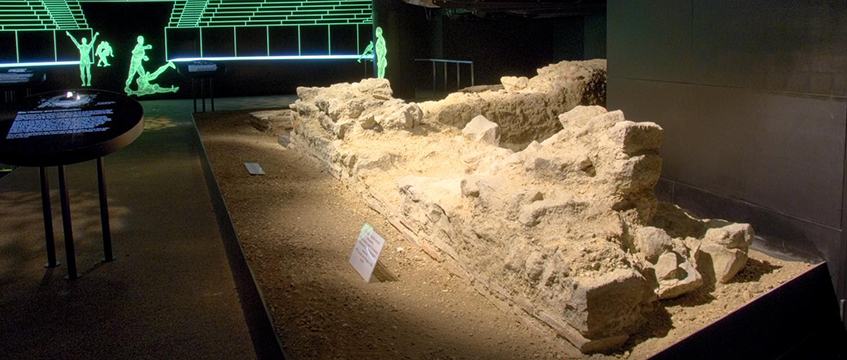Archaeologists to vet City of London planning applications
Planning applications within the City of London will be vetted by a team of archaeologists under a new agreement with Historic England.
Under the deal the Greater London Archaeological Advisory Service, which looks at planning applications throughout the rest of London, will have its remit extended to include planning applications affecting the City of London itself.
Historic England said that this was vital to cover the Roman and medieval core of England’s largest historic city.
Planning applications within the City of London will be vetted by a team of archaeologists under a new agreement with Historic England.
Under the deal the Greater London Archaeological Advisory Service, which looks at planning applications throughout the rest of London, will have its remit extended to include planning applications affecting the City of London itself.
Historic England said that this was vital to cover the Roman and medieval core of England’s largest historic city.
The GLAAS team already provides most of the capital’s local government archaeological advice, working within the planning system to best protect, manage and interpret archaeological heritage from pre-application stage onwards.
GLAAS will advise on complex urban archaeology in the City – an intense development environment – generating both challenges and opportunities for discoveries and public access.
The three-year paid for service level agreement builds on a temporary arrangement that was put in place in September 2022.
Historic England chief executive Duncan Wilson said: “At the heart of this new agreement is a proactive approach to revealing and celebrating the City’s archaeological treasures to a wider audience – through open days, accessible publications, displaying new discoveries and more.”
The City Corporation’s planning and transportation chair Shravan Joshi said: “The City is a unique place in which 24/7 business districts and busy transport hubs rub up against historic buildings and important urban archaeology, so striking the right balance between conservation and development is crucial.”
Joshi referenced the recently approved 85 Gracechurch Street, EC3, as an “important” addition to the City.
As well as providing more than 370,000 sq ft of office space, Hertshten’s 32-storey development will feature a free-to-access public exhibition of the Roman forum which once occupied the site and an educational facility.
“Preserving and showcasing the City’s rich archaeological heritage for all to enjoy, like with 85 Gracechurch Street, is always a key consideration of development proposals and I look forward to our continued partnership with GLAAS and Historic England,” Joshi added.
The Square Mile contains 52 of Greater London’s 173 scheduled monuments, those considered nationally important enough to be protected by law.
But it also contains much of archaeological interest that is not scheduled and is therefore managed through the planning system. Much of that still lies buried beneath the City’s streets and buildings.
Historic England said that new development needed to be treated as an opportunity to discover and display this heritage, as with the Roman amphitheatre revealed under the Guildhall, EC2, (pictured) or the Temple of Mithras beneath Bloomberg’s Walbrook headquarters, EC4.
To send feedback, e-mail piers.wehner@eg.co.uk or tweet @PiersWehner or @EGPropertyNews











